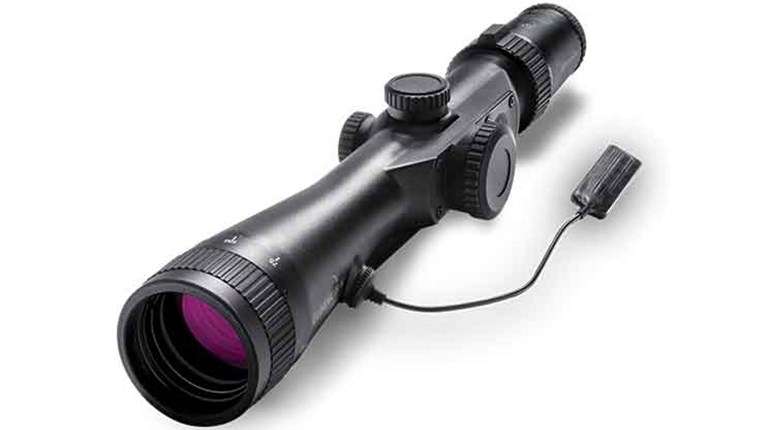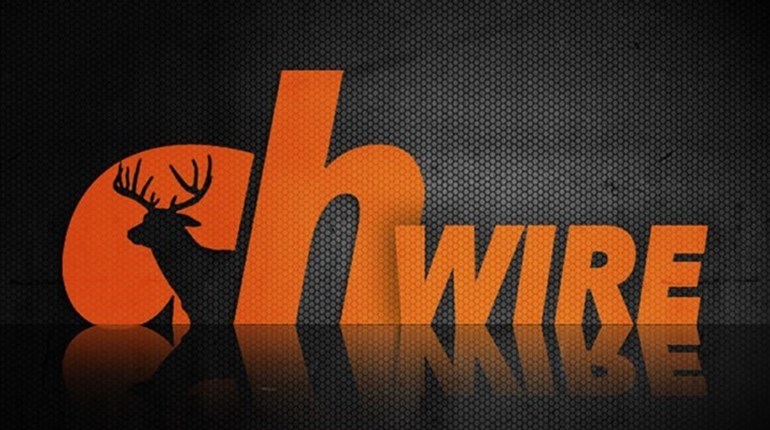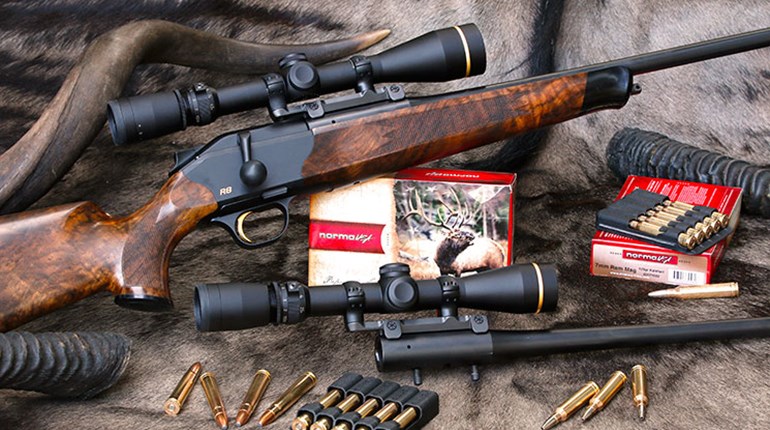
When Knight Rifles founder Tony Knight introduced his MK-85 inline-design muzzleloader back in 1985, it changed the entire course of blackpowder hunting and redefined “primitive” arms seasons in a way that is still debated. Knight’s creation took the less reliable sidelock configuration of blackpowder rifles that were in use and created an ignition system that launched a spark straight from primer to powder for a faster, much more reliable "boom."
The accuracy of the MK-85 (Tony told me during a hunt we shared in 2005 that the MK stood for his daughter Michelle’s initials) and its simplicity of loading and firing made it a quick hit among hunters looking to take advantage of special muzzleloader seasons that typically precede regular firearm deer seasons. In fact, much of the rapid growth in muzzleloading’s popularity throughout the late '80s up to today can be traced back to the availability of Knight’s inline design and the innovation it spurred among the company’s competitors. Prior to that, muzzleloader seasons were nearly the exclusive occupation of traditionalists toting Hawken replicas or other primitive kit-made arms and sporting coonskin caps and buckskins.
Throughout its history, even after Knight sold his company to outdoor products conglomerate Pradco, the company remained the benchmark by which other muzzleloaders continued to be measured. To most casual observers, the company seemed like it was most likely one of the most profitable as well. Thus, it came as a shock in 2009, when Pradco announced Knight was shuttering its gunmaking operation due to a downturn in the market. They would still make muzzleloading accessories and service existing rifles, but the move effectively killed the Knight line. Ordinarily, that would be the end of the story. But thanks to a Tennessee-based company that specializes in manufacturing plastics and run by a group of guys who love to hunt, it has turned into simply the start of another chapter.
Second Chance
Walk into the headquarters of Plastic Industries, Inc., and it’s immediately noticeable this isn’t your standard corporate office. The board room and offices are adorned with the mounts of elk, a cougar and other game.
“Our management team is made up of some extremely avid hunters, who have hunted with Knight rifles for a number of years,” says Sam Brocato, who now serves as sales manager of Knight Rifles. Plastic Industries, or PI Inc. as it is known, was founded in 1952 and specializes in plastic injection molding, structural foam molding, vacuum forming and other plastic technologies. Among the many products they manufacture are plastic handles for recliners, G-suits for fighter pilots, swimming pools and the plastic parts of feeders for Moultrie, which is owned by Pradco.
Swimming pool production makes up their largest division, but the bulk of that business is seasonal, with most sales taking place between May and July. Management was looking for a business line to get involved with that would provide more revenues during the fall months. As fans of Knight and already working with Pradco, the company leadership naturally inquired about producing some of the plastic accessories for Knight. It was then that they learned the entire company was up for sale.
“We were at the right place at the right time. A lot of people didn’t even realize the company was up for sale…some things just lined up for us,” says Brocato. PI Inc. bought Knight in March 2010 and with the start of 2011, the famed company was once again in the blackpowder rifle business.
New Line Knight Rifles
Upon the completion of the sale, Knight’s operations were moved from Centerville, Iowa, to Athens, Tenn., where PI Inc. is based and production was started. Knight began quick production of some recognizable models including the Disc Extreme, Long Range Hunter, Bighorn and Littlehorn muzzleloading rifles and the TK2000 blackpowder shotgun. Both the Revolution and the KP1, the latter being the previous ownership’s effort at entering the centerfire market, are no longer manufactured and warranty issues are still handled by Pradco.
Knight has updated some of the offerings and features of the existing lines and introduced new products as well. Completely new from Knight in 2011 is the Mountaineer. Powered by the 209 primer, the gun is available in both .50 and .52 caliber models. It is offered in five laminated stock variations, including three thumbhole designs and two standard stock options. The trigger is fully adjustable and this gun, as all of Knight’s rifles, still use the Green Mountain barrels that helped make these guns so highly regarded for their accuracy.
The Mountaineer’s barrels are laced with DynaTek, a ceramic clear-coat that makes them more resistant to corrosion and reduces the need to clean the barrels as much as other blackpowder barrels. The gun’s ramrods are made by Easton Archery from a carbon core arrow shaft, which also reduces the need for cleaning and adds less weight to the gun. Brocato was quick to point out that all Knights are also 100 percent made in the U.S.A., something that is becoming harder to find in almost every product line.
Every Knight comes with a 200-yard guarantee right out of the box, which promises the gun will shoot 4-inch groups at that distance. Indeed, it was Knight that made blackpowder shooting and hunting more of a long-range proposition than what it was when first on the scene. When I began blackpowder hunting in the early 1990s, it was generally regarded that shots, no matter what rifle you were using, needed to be kept within 100 yards. Fast forward to that New Mexico antelope hunt I shared with Tony Knight in 2005, and on steel targets, we were making 300-yard hits with every shot. Knight’s performance was impressive and in its new form, it appears that legacy will be carried on effectively.
“Our goal is simply to make a premium quality gun and be profitable,” says Brocato. “We want to focus on quality and keep our customers satisfied.”




































